Archives
- 2025-10
- 2025-09
- 2025-03
- 2025-02
- 2025-01
- 2024-12
- 2024-11
- 2024-10
- 2024-09
- 2024-08
- 2024-07
- 2024-06
- 2024-05
- 2024-04
- 2024-03
- 2024-02
- 2024-01
- 2023-12
- 2023-11
- 2023-10
- 2023-09
- 2023-08
- 2023-07
- 2023-06
- 2023-05
- 2023-04
- 2023-03
- 2023-02
- 2023-01
- 2022-12
- 2022-11
- 2022-10
- 2022-09
- 2022-08
- 2022-07
- 2022-06
- 2022-05
- 2022-04
- 2022-03
- 2022-02
- 2022-01
- 2021-12
- 2021-11
- 2021-10
- 2021-09
- 2021-08
- 2021-07
- 2021-06
- 2021-05
- 2021-04
- 2021-03
- 2021-02
- 2021-01
- 2020-12
- 2020-11
- 2020-10
- 2020-09
- 2020-08
- 2020-07
- 2020-06
- 2020-05
- 2020-04
- 2020-03
- 2020-02
- 2020-01
- 2019-12
- 2019-11
- 2019-10
- 2019-09
- 2019-08
- 2019-07
- 2019-06
- 2019-05
- 2019-04
- 2018-11
- 2018-10
- 2018-07
-
UNC 0646 clinical If the factors needed for A NHEJ are not
2019-08-28
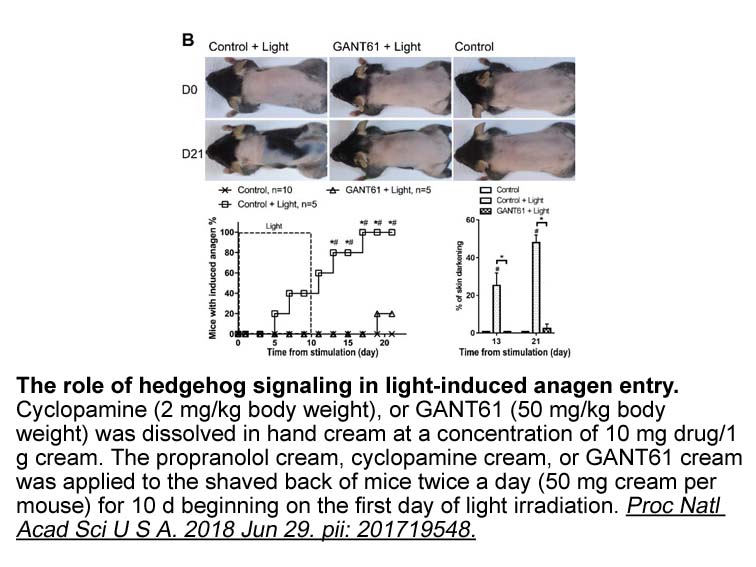
If the factors needed for A-NHEJ are not completely defined and the A-NHEJ reaction mechanism nebulous, it is also fair to say that the biological role(s) of A-NHEJ is even more poorly understood. Most of the current interest in A-NHEJ, however, stems from its implicated use in the chromosomal trans
-
What does this mean for cancer therapy We found that
2019-08-28
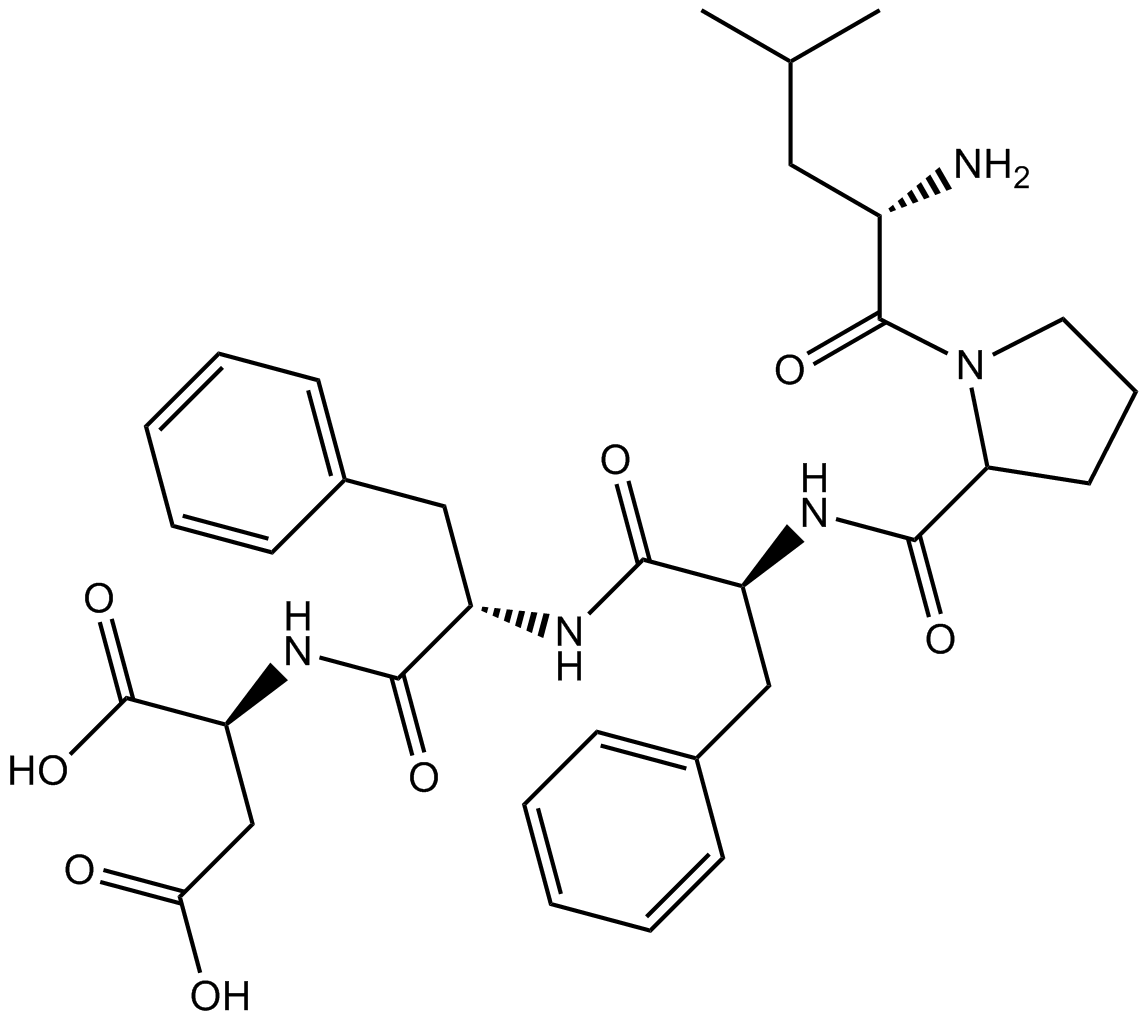
What does this mean for cancer therapy? We found that components of the de novo pyrimidine synthesis pathway rarely mutate in cancer, clearly showing its importance. In our experimental models, the pathway, including DHODH itself, was primed to respond when the block in CoQ redox-cycling was removed
-
br Materials and methods br Results br
2019-08-28
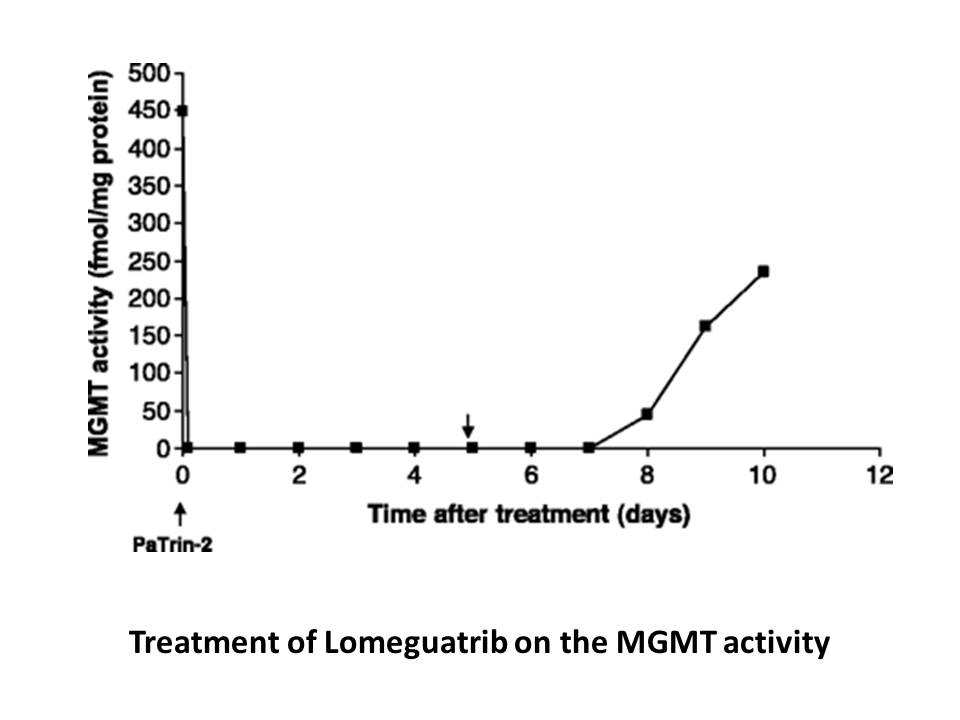
Materials and methods Results Discussion GOS potently inhibited SRD5A1 in COS-1 cells (Fig. 4A) and rat Leydig cells (Fig. 4B), possibly attenuating testosterone activation into DHT. It has been reported that gossypol inhibited human SRD5A1 with IC50 of 7 × 10−6 M [28]. Interestingly, gossy
-
At the cellular level TGF
2019-08-28
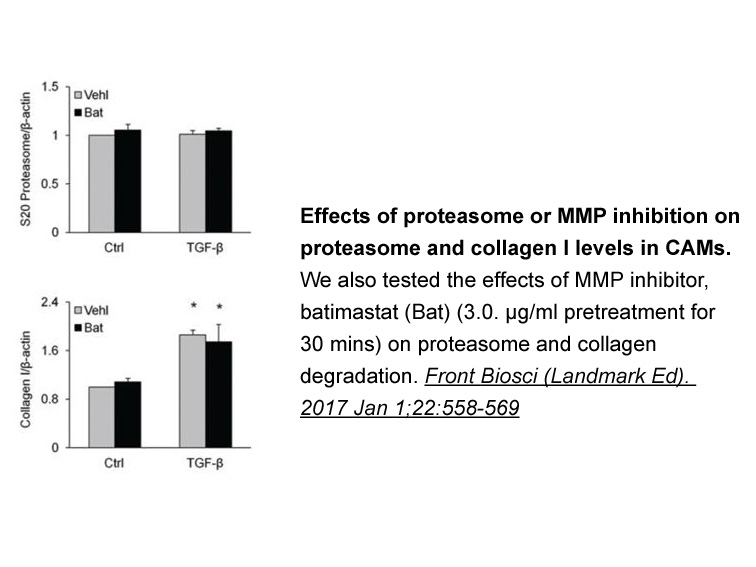
At the cellular level, TGF-β1 has been involved in the formation of invadosomes (Mandal et al., 2008, Varon et al., 2006). Invadosomes are actin-based structures involved in matrix degradation and cell invasion through metalloproteinases (MMP) activity (Linder et al., 2011). Invadosomes, constitutiv
-
br Cytokines as targets for the development
2019-08-28
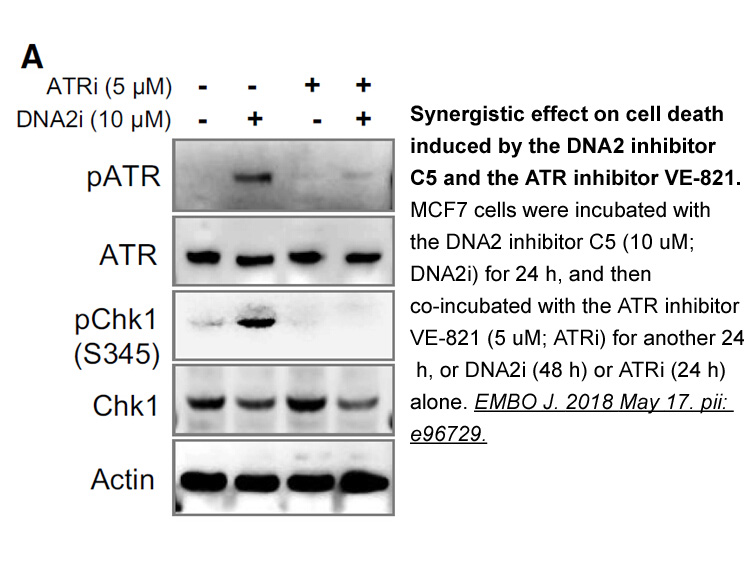
Cytokines as targets for the development of drugs Since the first scientific evidence describing the large number of cytokines and their functional roles and involvement in molecular mechanism of various diseases or disorders researchers have targeted cytokines. (Isaacs and Lindenmann, 1957), Des
-
As one of the two receptors
2019-08-28
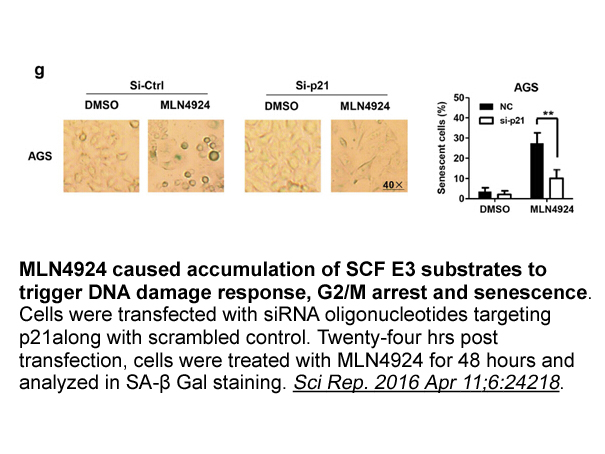
As one of the two receptors for the primordial chemokine CXCL12, ACKR3 exists in jawless fish (Bajoghli, 2013, Nomiyama et al., 2011, Venkatesh et al., 2014). The sea lamprey genome contains two copies of the ACKR3 gene (Ensembl Acc. Nos.: ENSPMAP00000011187 and ENSPMAP00000011401) (Table 1), both e
-
Prostaglandin E receptor subtype EP is
2019-08-27
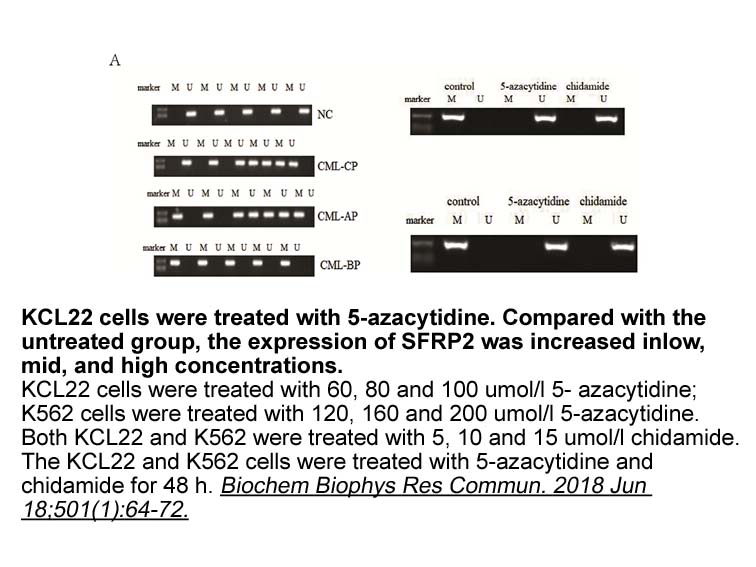
Prostaglandin E receptor subtype 4 (EP4) is a transmembrane G-coupled protein receptor activated by prostaglandin E2 (PGE2). EP4 activation exerts anti-inflammatory effects in adipose tissue by dampening the levels of inflammatory chemokines [12]. In the mouse, EP4 deficiency aggravates fragmentatio
-
The effect of transformation of the linker Y between the
2019-08-27
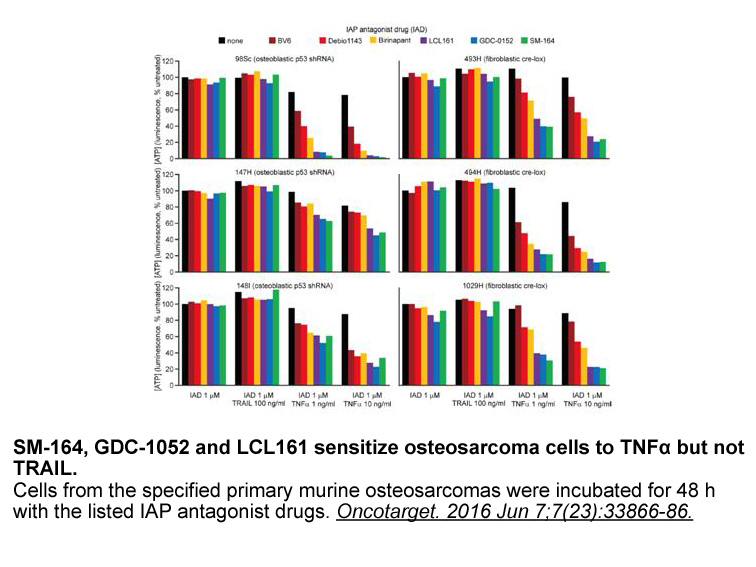
The effect of transformation of the linker Y between the carboxylic CUDC-907 pathway residue and the phenyl moiety of 2b was also investigated, and is illustrated in Table 5. Analogs 2b, 16, and 17, possessing conformationally restricted carboxylic acid residues, tended to show stronger antagonist a
-
Current therapeutic interventions are directed
2019-08-27

Current therapeutic interventions are directed both to prevent (primarily by proper glycemic control) and to treat the advanced stages of diabetic retinopathy, when vision has already been significantly affected. Although these therapies can be very effective in preventing, delaying or reducing visi
-
br Introduction Although not fully understood the molecular
2019-08-27
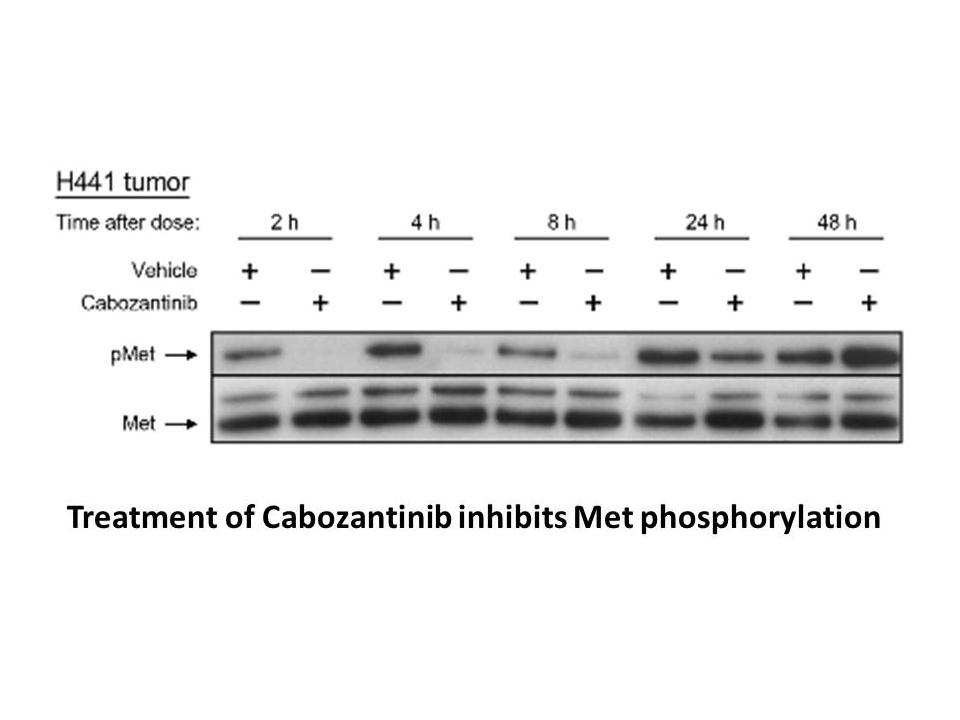
Introduction Although not fully understood, the molecular toxicology of sulfur mustard (bis(2-chloroethyl)sulfide, SM; CAS–Nr. 505-60-2), an alkylating warfare agent, has been attributed to DNA alkylation [1], [2], [3]. The same principle holds true for other alkylating compounds such as nitrogen
-
To compare glucose metabolism via oxidative phosphorylation
2019-08-27
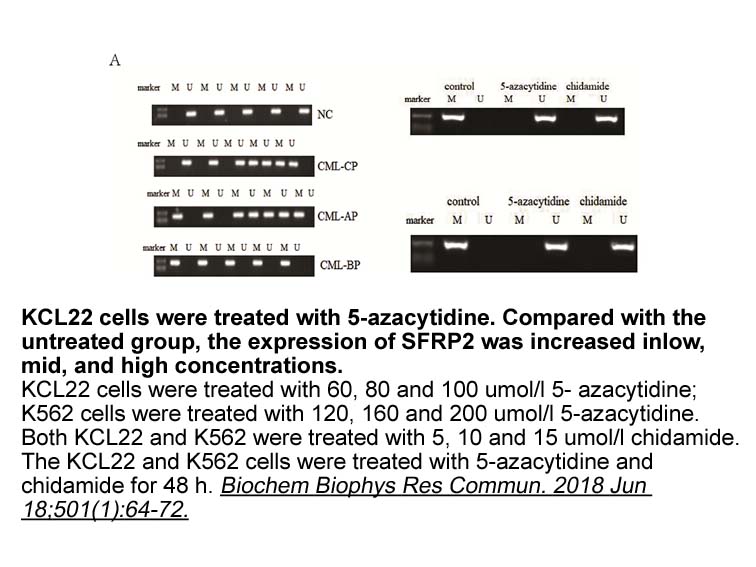
To compare glucose metabolism via oxidative phosphorylation to that via glycolysis, a bioenergetics plot was constructed (Fig. 3A). In most cells, a decrease in one bioenergetics pathway is compensated by an increase in the other. However, following NAT1 deletion, there was a decrease in both oxidat
-
In this study cell migration in response to
2019-08-27
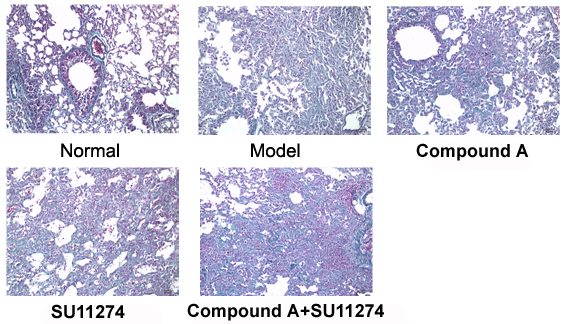
In this study, cell migration in response to LTD4 exhibited a typical bell-shaped dose-response curve with optimal activity at 10 nM. However, the effect of inhaled CysLTs on airway inflammatory cells in vivo has not been widely reported to date, therefore, the role of CysLTs in the development of a
-
On the basis of the published articles
2019-08-27
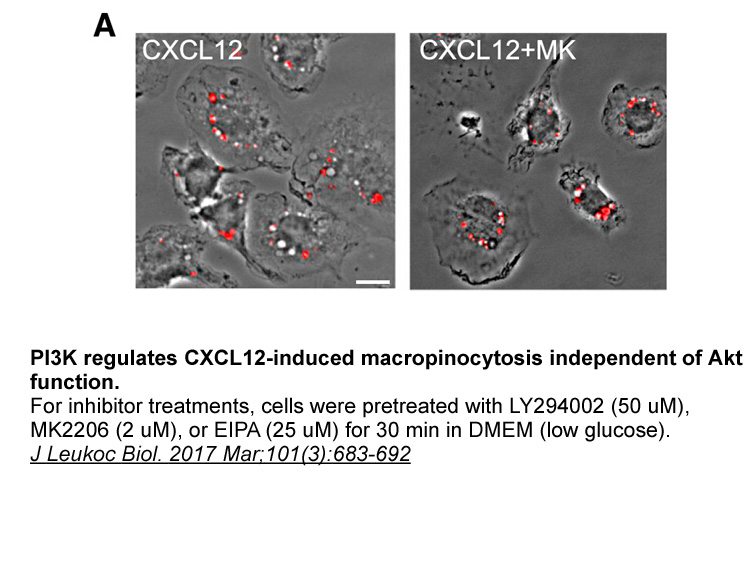
On the basis of the published articles, it is known that chemokines are produced by leukocytes and tissue cells, constitutively or after induction. Chemokines are responsible for the recruitment of leukocytes to maintain proper functioning of the immune system [14]. They exist in the central nervous
-
On the basis of the published articles
2019-08-27
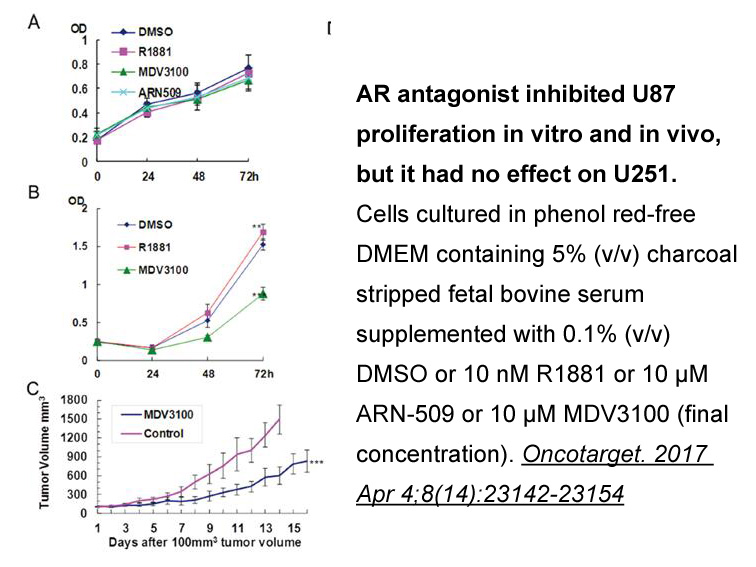
On the basis of the published articles, it is known that chemokines are produced by leukocytes and tissue cells, constitutively or after induction. Chemokines are responsible for the recruitment of leukocytes to maintain proper functioning of the immune system [14]. They exist in the central nervous
-
br Results br Discussion Cell responds to fluctuating enviro
2019-08-27
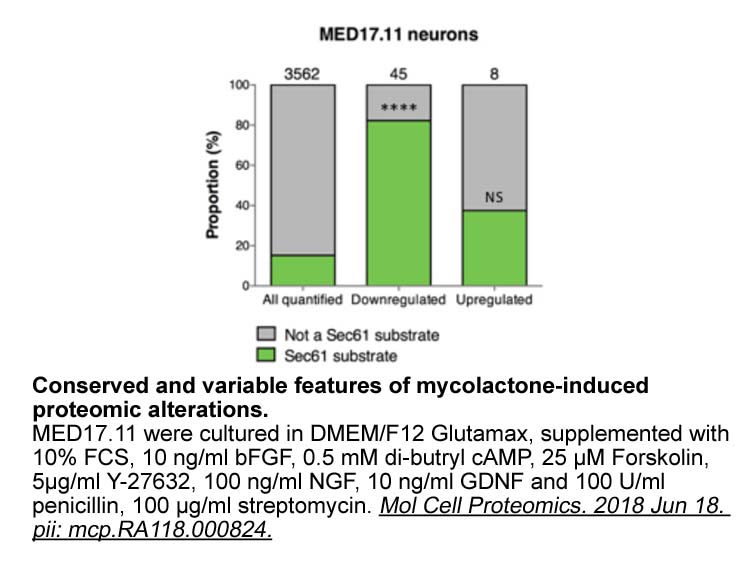
Results Discussion Cell responds to fluctuating environmental factors by activating a set of compensatory mechanisms including changes in the lipid profile. Compensatory reactions occurring in membranes in response to phosphate deprivation include replacement of phospholipids by phosphorus-fre
15981 records 971/1066 page Previous Next First page 上5页 971972973974975 下5页 Last page